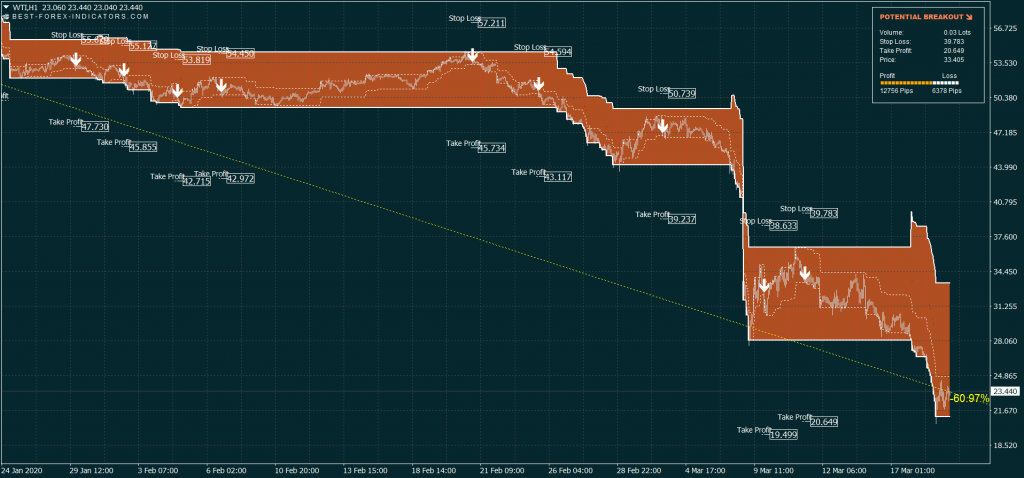Introduction

Image: forexprossystem1.blogspot.com
In today’s fast-paced financial markets, staying abreast of the latest trends in commodities is crucial for savvy investors. Among these commodities, crude oil stands tall as a pivotal asset class with far-reaching implications. Its price fluctuations can ripple through global markets, influencing industries, economies, and the lives of individuals alike. Understanding the dynamics of crude oil inventory plays a significant role in deciphering these price movements and navigating the complexities of forex trading.
This comprehensive guide aims to provide a deep dive into the world of crude oil inventory, exploring its significance, its impact on forex markets, and the strategies employed by traders to capitalize on its dynamics. Whether you’re a seasoned trader seeking to expand your knowledge or a novice looking to enter the realm of commodities trading, this article will equip you with invaluable insights and practical techniques.
Defining Crude Oil Inventory
Crude oil inventory, simply put, refers to the total amount of crude oil stored by various entities, including governments, oil companies, and refineries. These reserves are held in tanks, pipelines, and underground storage facilities, serving as a buffer between production and consumption.
The accurate measurement and timely reporting of crude oil inventory levels are crucial for several reasons. First, it provides transparency into the overall supply and demand dynamics of the oil market. Traders and analysts scrutinize inventory data to gauge the balance between production and consumption, helping them forecast future price movements.
Secondly, crude oil inventory data serves as a barometer of economic activity. Rising inventory levels often indicate a surplus, implying weak demand or increased production. Conversely, declining inventories suggest a tightening supply, which can lead to upward price pressure.
Significance for Forex Trading
The significance of crude oil inventory for forex traders cannot be overstated. The interrelationship between oil prices and currency exchange rates is undeniable. Being a globally traded commodity, crude oil is priced in US dollars. Consequently, fluctuations in oil prices directly impact the value of the US dollar against other currencies.
When oil prices rise, demand for the US dollar typically increases as it is the currency used for oil transactions. This rise in demand for the US dollar strengthens the currency against other major currencies. Conversely, when oil prices fall, the demand for the US dollar weakens, leading to a depreciation against other currencies.
Traders who understand this dynamic can leverage crude oil inventory data to make informed decisions about currency pairs involving the US dollar. By anticipating the impact of inventory levels on oil prices and, subsequently, on the US dollar’s value, they can position themselves to capitalize on potential market movements.
Trading Strategies
Traders employ various strategies to harness the potential of crude oil inventory data in their forex trading endeavors.

Image: www.mqlsoft.net
Inventory Surprise Strategy:
This strategy revolves around the idea of trading based on the difference between actual inventory levels and market expectations. Traders analyze inventory data releases and compare them to pre-release forecasts. Significant deviations between actual and expected inventory levels can create trading opportunities. If actual inventory levels exceed expectations, indicating a surplus, traders may sell the US dollar against other currencies. Conversely, if actual inventory levels fall below expectations, suggesting tighter supply, they may buy the US dollar.
Seasonal Trading Strategy:
Seasonality plays a role in crude oil inventory dynamics. Certain times of the year, such as winter months in the Northern Hemisphere, typically experience higher demand for heating oil, leading to seasonal increases in crude oil inventory. Traders may anticipate these seasonal patterns and adjust their trading strategies accordingly.
Trend Trading Strategy:
Traders can also utilize moving averages and other technical indicators to identify trends in crude oil inventory data. By analyzing the historical movement of inventory levels, they can identify potential trend reversals and position themselves to benefit from expected price movements.
Risks and Mitigation
While trading crude oil inventory data can offer promising opportunities, it’s essential to acknowledge the associated risks.
Inventory Manipulation: There have been instances of deliberate manipulation of crude oil inventory data to influence oil prices. Traders should be aware of such potential risks and rely on reputable data sources.
Demand and Supply Shocks: Unexpected shifts in demand and supply, such as geopolitical events or natural disasters, can lead to sudden and significant changes in crude oil inventory levels, potentially impacting trading strategies.
To mitigate these risks, traders should employ sound risk management strategies, such as setting stop-loss orders, diversifying their trading portfolio, and regularly monitoring market news and announcements for potential surprises.
Cruide Oil Inventory Forex Factory
Conclusion
In the intricate landscape of forex trading, understanding crude oil inventory dynamics is a valuable skill that can provide traders with a competitive edge. By delving deep into the intricacies of inventory data, its impact on oil prices, and the currency exchange market, traders can refine their strategies, make informed decisions, and navigate market volatility with greater finesse.
However, it’s crucial to remember that trading crude oil inventory data, like all financial trading, carries inherent risks. Prudent risk management practices, ongoing research, and a clear understanding of market fundamentals are essential to maximizing the potential rewards while mitigating potential drawbacks.
As the financial markets continue to evolve, staying informed about the latest developments in crude oil inventory and its implications for forex trading will empower you to stay ahead of the curve and capitalize on the opportunities that arise in this ever-dynamic arena.






